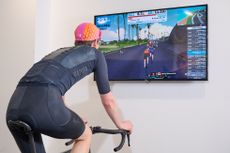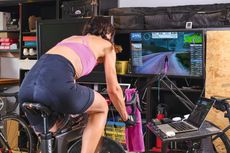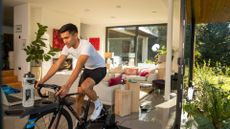All the essentials to get started cycling indoors (on a budget – or not)
Indoor cycling is a fast, efficient way to get fit, here is all you need to get started and beyond
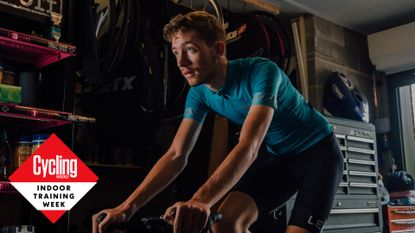
Indoor training is a great way to improve your fitness. By removing both bad weather and traffic from the equation it allows you to focus on the session with little or no distraction.
Fitting it around a busy schedule is easy too. You can essentially train night or day, and if even you're short on time a 30-minute cycling workout at a high intensity will pay dividends.
Indoor cycling also ideal for those new to cycling, allowing you to get used to efforts out of the saddle, clipping in and out of the pedals, and generally becoming at one with your bike, all from the safety of your home.
Training indoors is pretty ‘faff free’ too, but there are some vital pieces of kit you’ll need to get started. We’ve compiled a list of everything required to begin training as well as some additional items and upgrades you’ll want to add to your indoor set-up once you become more confident. To cater for a range of budgets, we’ve included a budget option and a more expensive choice.
Wheel-on turbo trainer
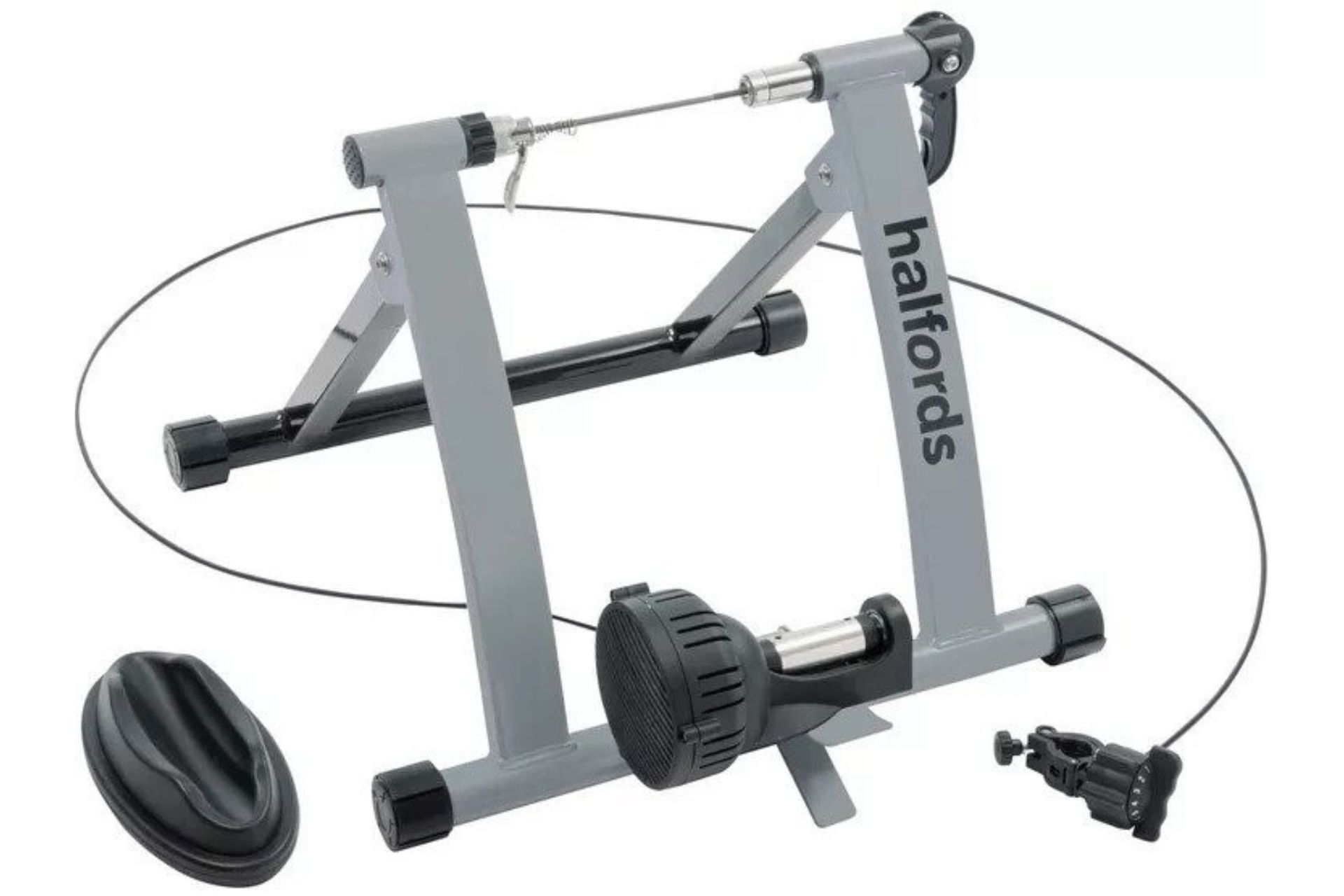
Halfords Turbo Trainer
To begin cycling indoors you’ll need to choose a turbo trainer. After all, you won’t get far without one.
There’s a huge choice when it comes to the best smart turbo trainers and navigating this crowded marketplace might seem daunting. However, to get started you don’t need to spend a fortune.
An entry-level wheel-on turbo trainer is a pretty straightforward affair. It is usually built around a folding A-frame design, with your bike attached to the trainer via a quick release mechanism on the rear wheel, which is then in contact with a roller to produce the resistance required to simulate riding outdoors.
The cheaper wheel-on trainers use magnetic resistance, which can then be adjusted via a lever that you attach to the handlebars.
If you spend a little more money you’ll be able to enjoy fluid resistance. This system uses a blade or propeller inside a liquid-filled chamber to produce gradual resistance, allowing the changing of your bike’s gears to impact the level of resistance. Spending considerably more takes you into the world of direct drive trainers, and we've an entire page dedicated to comparing wheel-on versus direct drive turbo trainers as well a guide to the best cheap smart trainers, which features both wheel-on and direct drive options.
If you want to use one of the best indoor training apps, such as Zwift or Rouvy, with a wheel-on trainer you’ll need to check its connectivity as well as likely having to buy a speed and cadence sensor, which we will feature later in this article...
There are a couple of other considerations too. While a wheel-on trainer keeps your bike intact it does mean that your rear tyre, in contact with the roller, will wear as your train. It’s certainly advisable to invest in a dedicated turbo trainer tyre (not for use outdoors!) and to save you having to do a tyre change before every indoor session it also makes sense to set up the training tyre on a rear wheel you’ll use just for the turbo - see below for our choice of training tyres.
Finally if your bike uses disc brakes and as a result thru-axles you’ll need to check compatibility with any wheel-on turbo trainer before you buy. It’s highly likely that you’ll need to purchase an adapter, so make sure to figure this into your budget.
Level up: Saris Fluid 2
Indoor training tyre

Van Rysel Turbo Trainer Tyre
A wheel-on turbo trainer is a great way to start indoor training. They are affordable and relatively straightforward to set-up. However, as previously mentioned the mechanics of the trainer has your rear tyre in contact with a roller or cylinder. The compound of many regular road tyres will wear quickly during these indoor sessions, making a dedicated turbo tyre a smart, and cost effective, solution.
A turbo tyre is far more durable, is designed not to over heat and has tread pattern created specifically to provide better grip on the roller - but remember these tyres are not to be ridden outside!
Setting up a spare wheel with a turbo tyre allows you to swap it in before each session and is relatively hassle-free when compared to changing a tyre every time you want to ride indoors.
Level up: Tacx Trainer Tyre
Speed/Cadence sensor
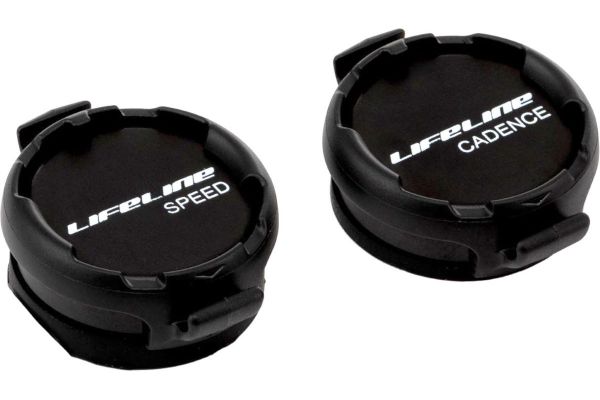
LifeLine Speed and Cadence Sensors
If you want to follow an indoor cycling training plan you’ll ideally need to be able to judge and track your efforts. While more expensive smart trainers have the necessary technology integrated into the unit, a cheaper ‘traditional’ turbo trainer will likely require you to purchase some additional tech.
By adding a speed and cadence sensor to your bike you’ll be able to accurately record both of these metrics. Thanks to bluetooth or ANT+ technology the sensors pair and connect wirelessly to any compatible bike computer, tablet or smartphone.
The sensors are simple to install, attached to the bike's wheel hub and crank arm.
Level up: Wahoo RPM Cycling Sensor Bundle
Training mat
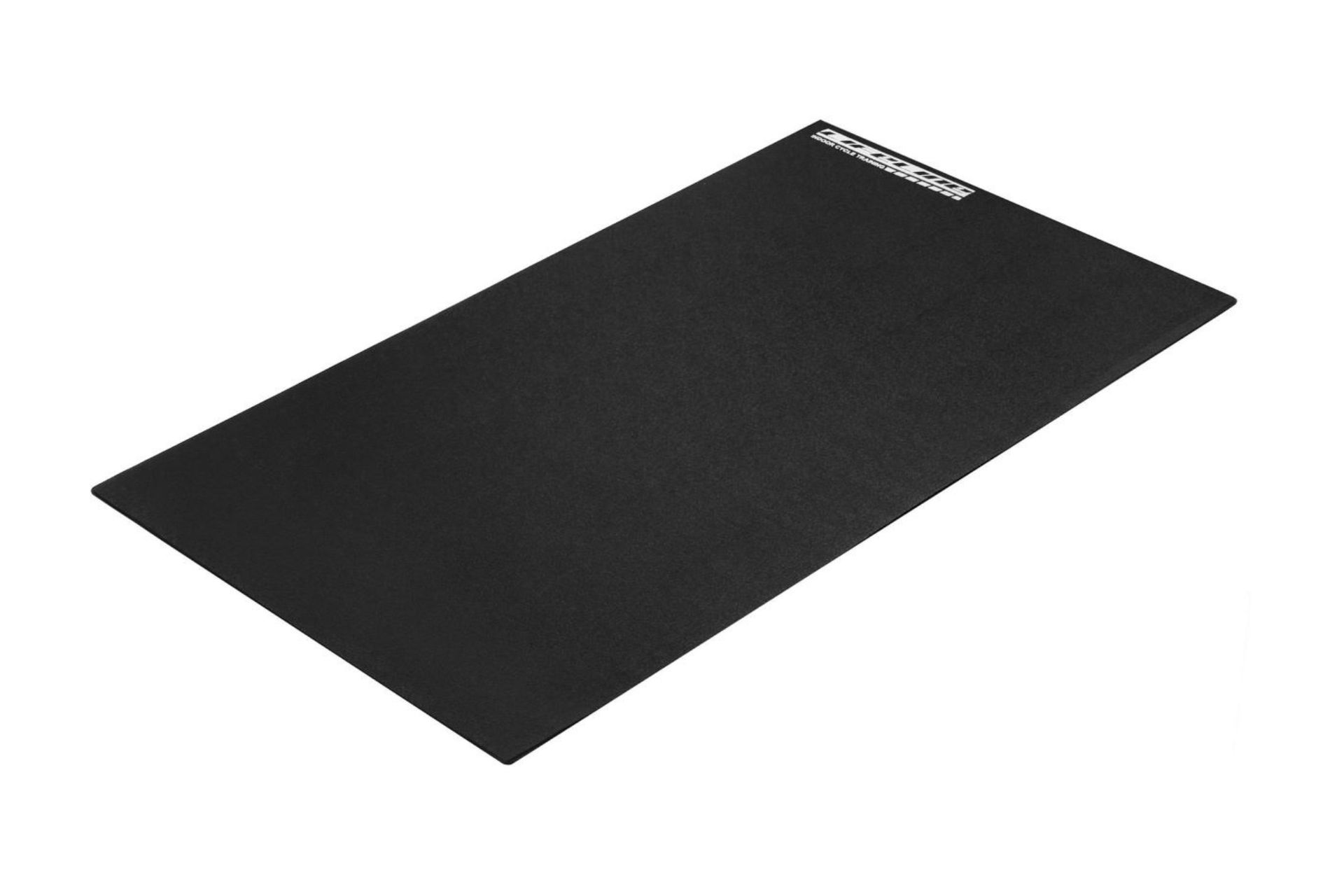
LifeLine Training Mat
Training indoors is often focussed around interval training, with a series of high intensity efforts that really get the heart rate going. Another result of such efforts is sweat. And lots of it.
We’ll get on to cooling fans in a moment, but a training mat helps protect your carpet, rug or floor from drops, or perhaps pools, of sweat. It also helps prevent damage from the turbo itself, caused by dragging it into place or by the feet moving during a session.
Cheaper trainers, while usually portable, aren't always the most solid and secure and dedicated rubber training mat can really improve the stability of your set-up. Equally, a training mat can also dampen vibrations, making the turbo a little quieter than perhaps otherwise - a bonus if you live with other people!
Level up: Elite training mat
Fan
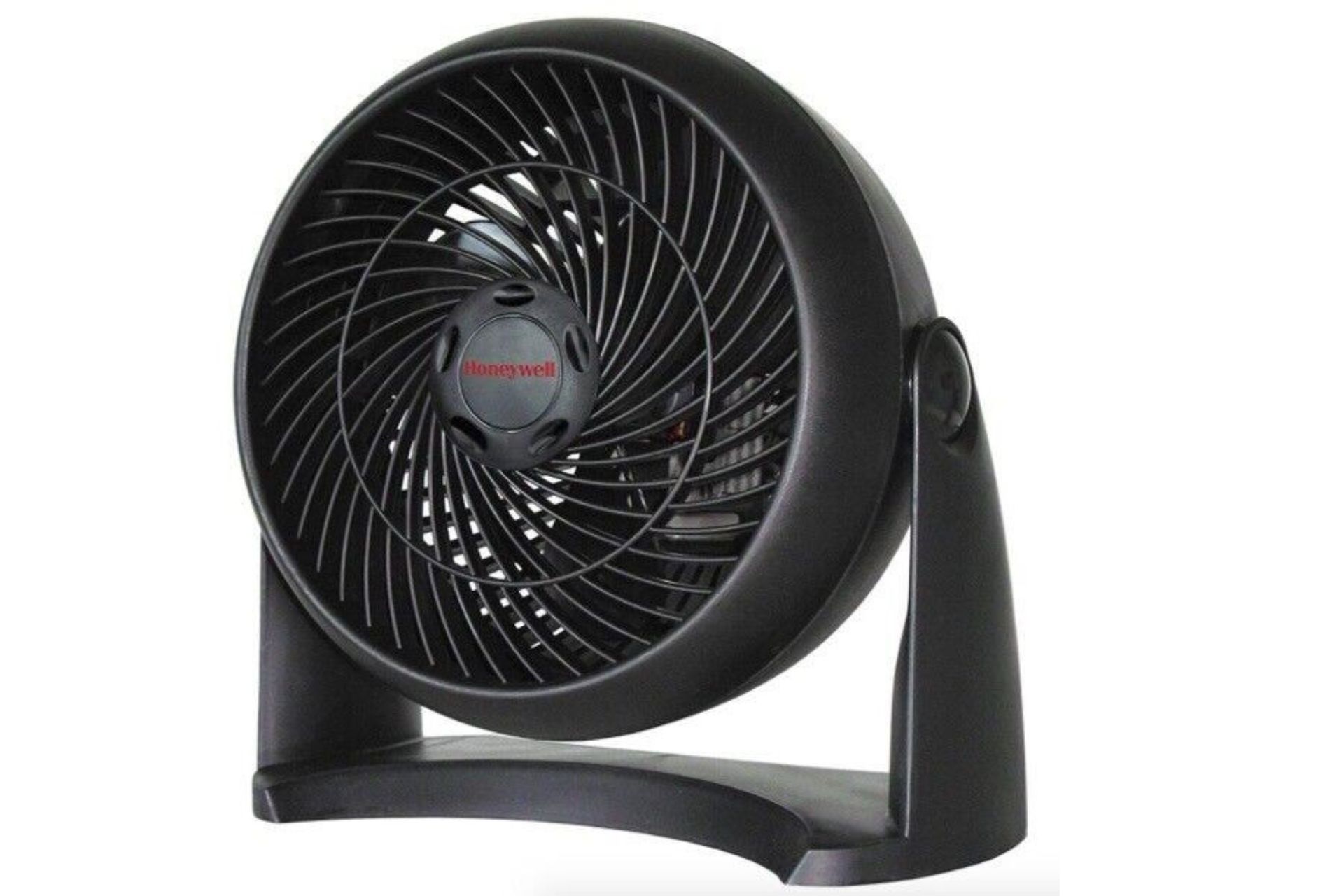
Honeywell HT900E fan
Even if your indoor training in reality has your ‘outside’ in the garage or garden shed, the hard efforts mean you’ll build up plenty of sweat as your body tries to cool you down. Unlike riding outdoors, where the air helps evaporate the sweat, indoors it has no place to go. And the longer the sweat remains on the body, the more you in turn sweat, which then thickens the blood. As a result your heart has to work harder.
All of which is a long winding way of saying you need to invest in a fan. Naturally there are dedicated turbo training fans, some of which can be paired with a smart trainer. However, if you’re just trying to keep cool during an indoor training session then there are a number of general purpose fans that will fit the bill and don’t cost the earth.
There are some downsides here; most of these cheaper fans are manually operated so you’ll need to switch it on before you hop on the turbo. This means you’ll be hit with a blast of cold air before you've worked up a sweat. And it will be a blast. The majority of these fans will need to be cranked up to 10 if they are to offer any sustained help. That said, they work and are an ideal choice for those just starting out in their indoor training journey.
Level up: Wahoo Kickr Headwind
Indoor training jersey
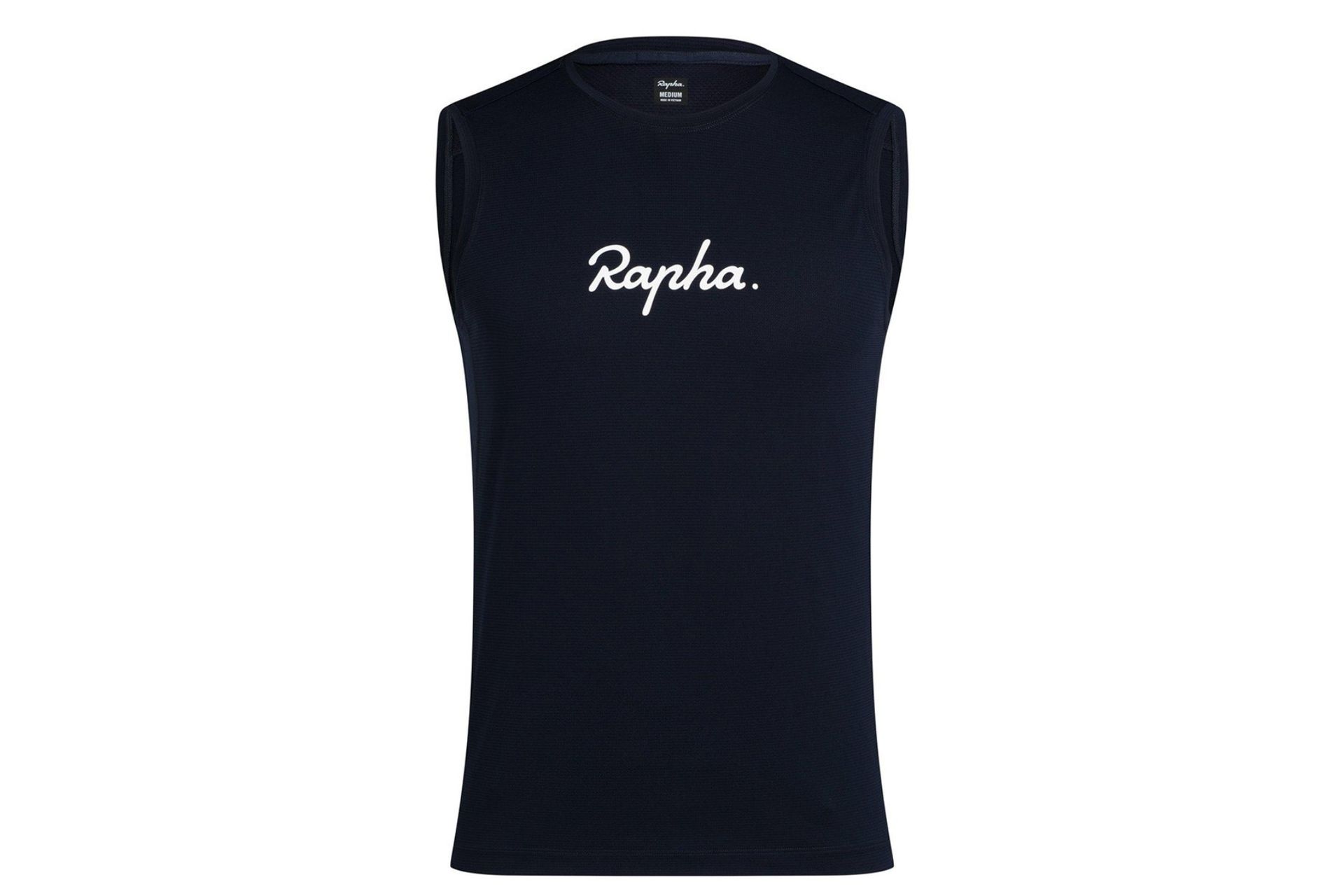
Rapha Indoor Training T-shirt
We won’t pretend that you need any specific indoor cycling clothing for an indoor training session. Essentially you can wear gym clothing or any cycling jersey or base layer and shorts that you’d use outside; if you have some dedicated hot weather kit this should be a good match for the turbo as it’s likely to use lightweight and highly breathable fabrics.
That said, if you’re committed to indoor training, there are a few training jerseys and t-shirts made specifically for the purpose. Because of the issues with sweat build discussed in the fan section, indoor cycling tops are focussed on wicking moisture away from the skin. They’re also likely to be cut slightly differently from a regular cycling jersey, tending to be a little looser to help promote airflow.
The more expensive options tend to have a full zip and more closely resemble something you might wear on the road, whereas cheaper designs look more like a gym t-shirt or vest.
Find recommendations in our guide to the best indoor cycling clothing here.
Level up: Le Col Training Jersey
Indoor training shorts
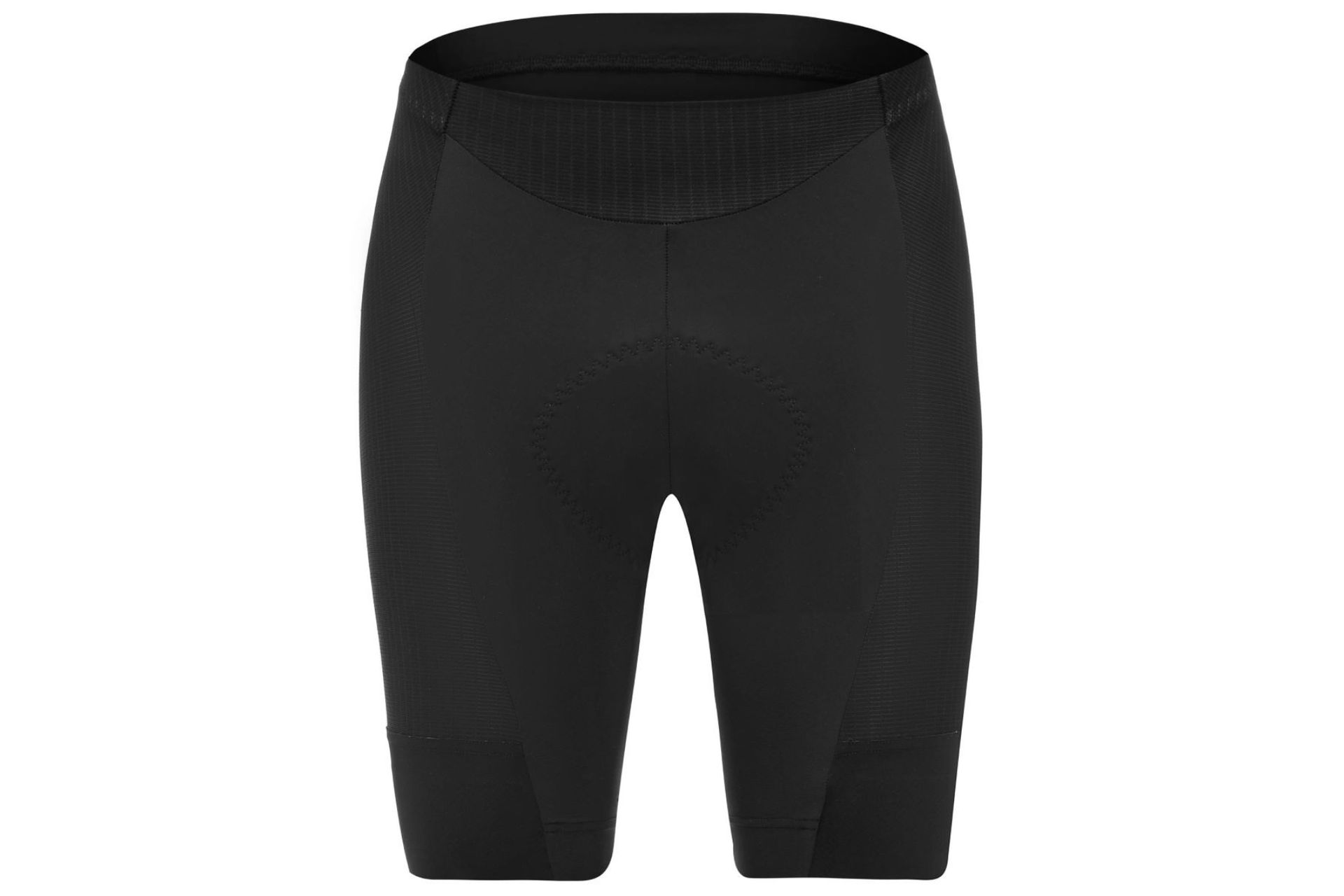
As with the jersey, you can wear a pair of summer bibs when you’re training without suffering any reduction in performance. But like the dedicated training jerseys, a pair of indoor training shorts offer a number of benefits that could lead to a more comfortable session.
Many training shorts are just that, losing the bib straps associated with traditional cycling shorts. While bibs are more comfortable over the long distances you’re likely to cycle on the road, a session on the turbo is shorter and more intense and additional fabric against the skin is likely only to be an annoyance.
In fact, given they are used for much shorter periods of time Indoor training shorts tend to stripped back in general, with little need for much more than breathable and flexible fabric and a pad that suited to the requirements - again moisture management and quick-drying are key here, with gel inserts and the like unnecessary.
Level up: Le Col Training Bib shorts
Indoor training shoes

Reasons to buy
Reasons to avoid
Indoor training shoes too are a stripped-back affair. As with the jersey and shorts, breathability and moisture-management is key here. To achieve this, and promote airflow, many shoes will use a sock-like mesh upper, which your foot slips in and out, with adjustment likely to come from a simple velcro strap rather than a dial or laces.
Level up: Adidas The Indoor Cycling Shoe

Thank you for reading 20 articles this month* Join now for unlimited access
Enjoy your first month for just £1 / $1 / €1
*Read 5 free articles per month without a subscription

Join now for unlimited access
Try first month for just £1 / $1 / €1
Get The Leadout Newsletter
The latest race content, interviews, features, reviews and expert buying guides, direct to your inbox!
Luke Friend has worked as a writer, editor and copywriter for twenty five years. Across books, magazines and websites, he's covered a broad range of topics for a range of clients including Major League Baseball, the National Trust and the NHS. He has an MA in Professional Writing from Falmouth University and is a qualified bicycle mechanic. He has been a cycling enthusiast from an early age, partly due to watching the Tour de France on TV. He's a keen follower of bike racing to this day as well as a regular road and gravel rider.
-
 Winter glove January sales - 25% off Specialized ‘lobster’ and 100% Brisker Cold Weather gloves
Winter glove January sales - 25% off Specialized ‘lobster’ and 100% Brisker Cold Weather glovesAlthough we're now past midwinter, spring is still a long way off - now's the chance to get some extra warmth on the cheap in the January sales
By Luke Friend Published
-
 A break up letter to... Strava
A break up letter to... StravaIt's not you, it's me. But, some of it is you.
By Michelle Arthurs-Brennan Published
-
 My best winter ever: Why I shaved my legs for my first Zwift race
My best winter ever: Why I shaved my legs for my first Zwift raceAfter a month of hard training, it’s finally race day. Can I win the 10-mile time trial?
By Tom Davidson Published
-
 My best winter ever: My new coach is a three-time Olympic champion - I’m guaranteed to win my first Zwift race
My best winter ever: My new coach is a three-time Olympic champion - I’m guaranteed to win my first Zwift raceThere have been ups and downs in my training for the 10-mile time trial. It turns out I groan when I dig deep
By Tom Davidson Published
-
 'The Earth’s circumference is 40,075km and I went over 45,000km': Meet the cyclists riding the furthest and the longest from the comfort of their homes
'The Earth’s circumference is 40,075km and I went over 45,000km': Meet the cyclists riding the furthest and the longest from the comfort of their homesIn search of indoor riders who go beyond the bounds of accepted norms, Steve Shrubsall tracks down a cast of characters who leave blood, sweat and traces of their soul on the turbo trainer
By Stephen Shrubsall Published
-
 Real-world success: top-ranked Zwifter crushes first 'real' bike races
Real-world success: top-ranked Zwifter crushes first 'real' bike races"Outside always felt like this unicorn, something mystical or magical that I couldn’t do," says American Esports elite Kristen Kulchinsky
By Christopher Schwenker Published
-
 How to challenge yourself on Zwift without entering a race
How to challenge yourself on Zwift without entering a raceBuilding up to more demanding routes, setting PBs up the Alpe du Zwift, hunting out the in-game segments – there are so many ways to push yourself without taking to the virtual start-line
By Anna Marie Abram Published
-
 Nine things I wish I knew when I started indoor cycling...
Nine things I wish I knew when I started indoor cycling...And yes, the surprising extent to which human sweat can corrode a headset is there at number six
By Sam Gupta Published
-
 Are your indoor and outdoor rides working against each other?
Are your indoor and outdoor rides working against each other?Here’s how to successfully combine your indoor and outdoor rides for maximum fitness gains
By Deena Blacking Published
-
 Ask a coach: ‘I'm over 50, are there any indoor workouts I should avoid?’
Ask a coach: ‘I'm over 50, are there any indoor workouts I should avoid?’Here’s how you can get the most from indoor training as you get older
By Alex Welburn Published



